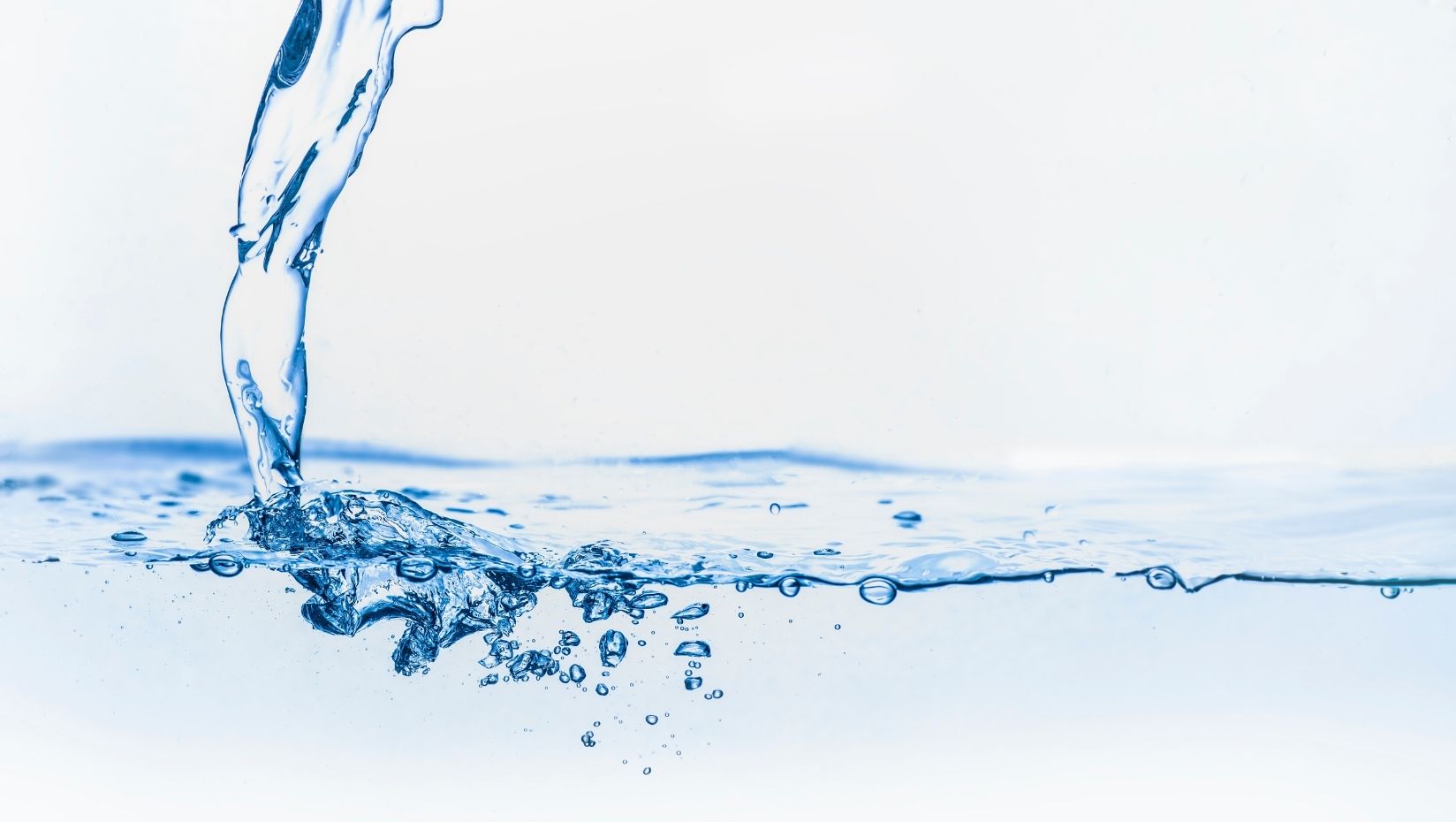
Researchers find possible link between drinking water and mysterious kidney disease
UMaine researchers contributed to a March 2020 article that studies the effects of chemicals found in drinking water – and how the combination of certain chemicals could be the cause of a mysterious, chronic kidney disease impacting millions of people around the world.
Assistant Professor of Environmental Physiology, Nishad Jayasundara, and doctoral candidate Remy Babich, report that the consumption of chemicals and exposure to other environmental stressors could lead to kidney dysfunction. Their findings have implications for kidney development in children who may consume this water.
The study examined the role of drinking water contaminants in initiation and progression of a mysterious kidney disease that has affected a number of farming communities in South Asia, Mesoamerica, and even parts of the United States. In collaboration with Duke and Dartmouth Universities, as well as University of Ruhuna in Sri Lanka, researchers integrated novel chemical analyses and toxicological studies to find that drinking water contaminants, even at levels currently considered safe for drinking, may impair kidney development due to chemical mixture specific effects, says Jayasundara.
According to the U.S. Centers for Disease Control and Prevention, kidney disease is the tenth-leading cause of deaths in Maine, alone – with 37 million Americans having chronic kidney disease overall.
The article showed, for the first time, an increased correlation with the metal vanadium in an environment and the prevalence of kidney disease in that area. Vanadium is highly resistant to corrosion and a valuable material used to manufacture items such as pipes, car parts, dental implants and jet engines. When interacting with other metals, it has been shown to create a level of toxicity that could potentially harm those who consume or come in contact with the mixture.
Researchers found that farm workers exposed to toxic chemical sprays – such as pesticides – who also work in extreme heat were more susceptible to having kidney dysfunction, says Jayasundara.
As a research assistant in Jayasundara’s lab, Babich worked on toxicity and histology studies using the zebrafish model and investigated biological endpoints and gene expression after exposure to water samples, and helped in the production of the final manuscript.
Babich, who is originally from Harrisburg, Pennsylvania, says this experience was pivotal in her decision to continue her studies as a Ph.D. student at UMaine. And it intensified her passion for the advocacy of ensuring access to clean drinking water around the world.
“I feel like this study advocates so much for the importance of clean drinking water,” says Babich, who is now an NRT One Health trainee. “It’s really critical to keep in mind, especially for women’s and children’s health.”
Current research shows the effects of individual chemicals when ingested by humans, but lacks information on how chemicals that seem safe on their own, may cause harm when mixed with others.
Babich hopes further research will increase knowledge about the potential for chemical mixtures in drinking water that could cause kidney damage and chronic disease.
“Ultimately, the goal of publishing these papers and doing these studies is to better people’s lives and livelihoods,” says Babich.
Contact: research@maine.edu
Co-authored by Christel Peters and Attis Bielecki
